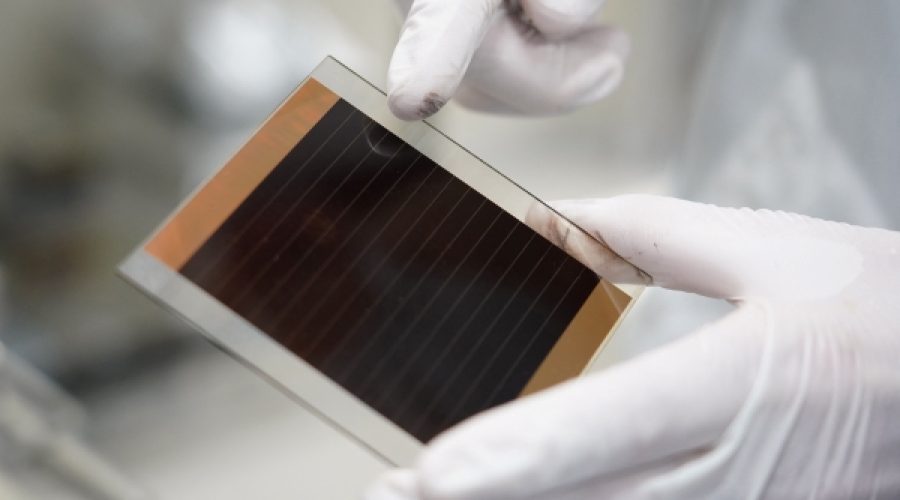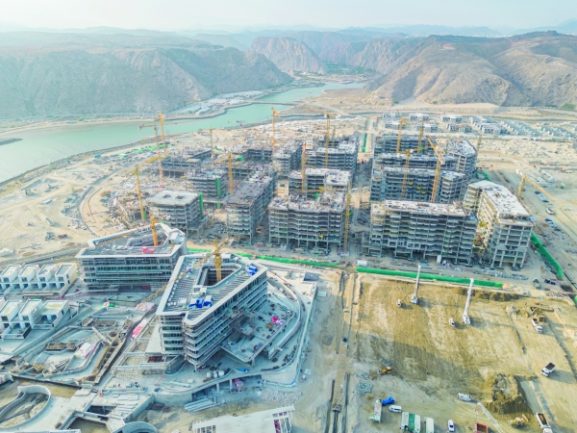Japan’s Ultra-Thin Flexible Solar Panels: What This Breakthrough Means for Business Opportunities in Oman
Japan Invests in Innovative Flexible Solar Panels to Boost Renewable Energy Goals
Tokyo – Japan is making significant investments in ultra-thin, flexible solar panels as part of its efforts to achieve renewable energy objectives while challenging China’s leading position in the sector.
The new pliable perovskite panels are especially suited for Japan’s mountainous terrain, where flat land for traditional solar farms is scarce. A critical ingredient for these panels is iodine, which Japan produces in greater quantities than any country except Chile. However, challenges remain: perovskite panels contain toxic lead and currently generate less power with shorter lifespans compared to conventional silicon panels.
Despite these hurdles, the Japanese government is committed to reaching net-zero emissions by 2050, with a strong desire to reduce China’s dominance in solar technology. Minister of Industry Yoji Muto described perovskite cells as "our best card to achieve both decarbonisation and industrial competitiveness." He emphasized the necessity of successfully implementing this technology, stating, "We need to succeed in their implementation in society at all costs."
The government is providing substantial incentives to encourage industry participation, including a ¥157 billion ($1 billion) subsidy for Sekisui Chemical. This funding aims to establish a factory capable of producing enough perovskite solar panels to generate 100 megawatts by 2027, sufficient to power 30,000 households.
By 2040, Japan aims to install enough perovskite panels to generate 20 gigawatts of electricity—equivalent to adding around 20 nuclear reactors. This initiative is part of a broader target for renewable energy to account for up to 50% of electricity demand by that same year. Currently, renewable energy meets only 9.8% of Japan’s electricity needs in 2023, but the government intends to increase this to 29%.
Hiroshi Segawa, a specialist in next-generation solar technology at the University of Tokyo, highlighted the need to utilize all available technologies to enhance renewable energy and achieve carbon neutrality. He noted that domestic production of perovskite solar panels could significantly contribute to energy and economic security.
Japan seeks to avoid repeating past mistakes in its solar industry. In the early 2000s, Japan’s silicon solar panels held nearly 50% of the global market, but the country now finds itself at a disadvantage, with China controlling over 80% of the global solar supply chain.
Silicon solar panels, known for being heavy and cumbersome due to their protective glass and metal frames, contrast sharply with perovskite solar cells, which can be produced by printing or painting raw materials like iodine and lead onto lightweight surfaces such as films. This innovation allows the final product to be just one millimeter thick.
The adaptability of perovskite panels means they can be installed on uneven and curved surfaces, an essential feature given that 70% of Japan’s land is mountainous. Several projects are already integrating these panels, including a 46-story building in Tokyo set to be completed by 2028 and plans to cover a domed baseball stadium in Fukuoka with perovskite panels.
Moreover, leading electronics manufacturer Panasonic is exploring the integration of perovskite panels into window designs. Yukihiro Kaneko, general manager of Panasonic’s perovskite photovoltaic development, envisions a future where buildings with solar-integrated windows can generate energy on-site, thereby alleviating pressure on the national grid.
While enthusiasm for perovskite panels is high, mass production remains a challenge. Currently, these panels are less efficient than silicon alternatives and have a lifespan of only ten years, compared to the thirty years typical of conventional panels. Their toxic lead content also necessitates careful disposal. Nonetheless, the technology is evolving rapidly, with some prototypes nearing the performance of silicon panels and expected to achieve lifespans of up to twenty years soon.
Professor Segawa believes Japan could achieve a capacity of 40 gigawatts from perovskite technology by 2040. He advocates for a dual approach rather than a choice between silicon and perovskite, urging a focus on maximizing renewable energy utilization. "If Japan could present an effective model, I believe it could be adopted globally," he stated.
Special Analysis by Omanet | Navigate Oman’s Market
Japan’s aggressive investment in flexible perovskite solar panels presents both opportunities and challenges for businesses in Oman. As the country aims for renewable energy goals, Omani investors and entrepreneurs should consider the potential for innovative solar technologies to complement local energy strategies, especially in regions with diverse topography. However, they must remain cautious of the risks associated with toxic materials and evolving technology, ensuring they align with global sustainability standards.



